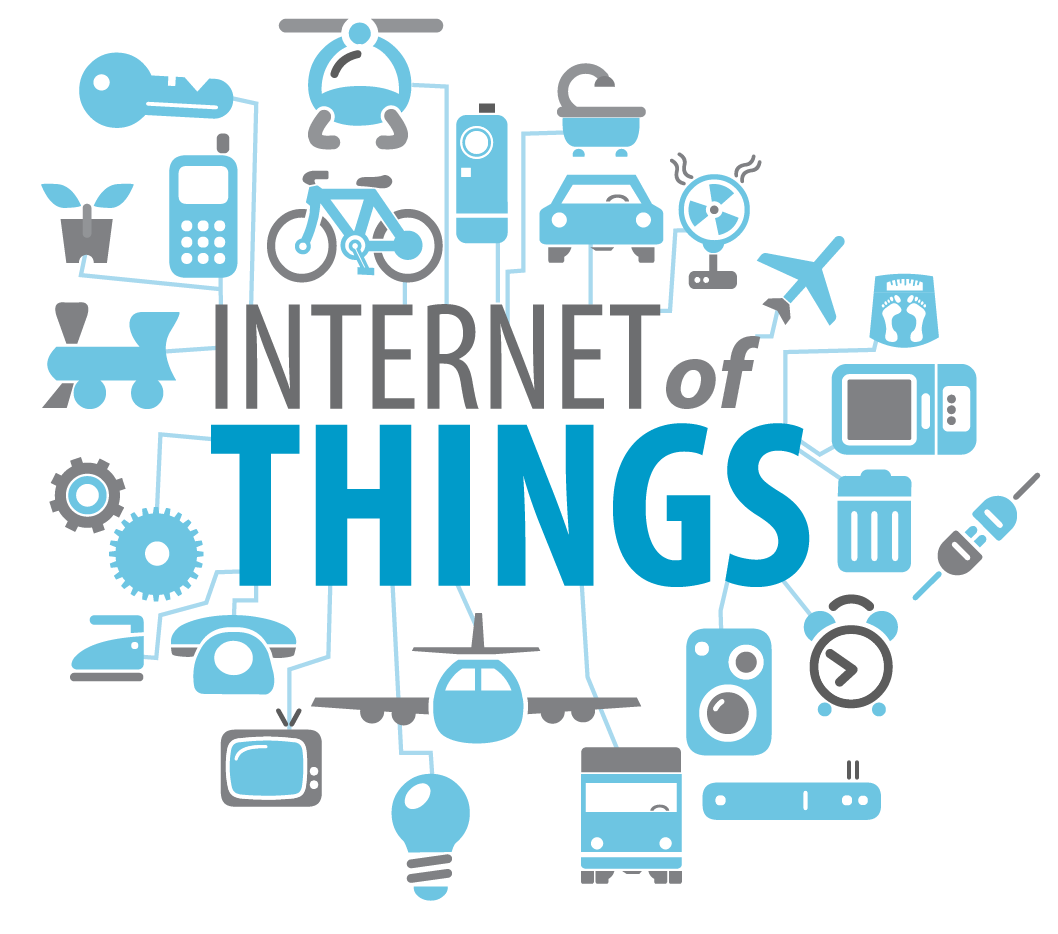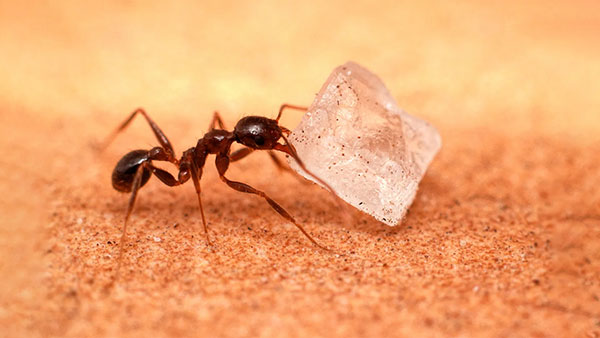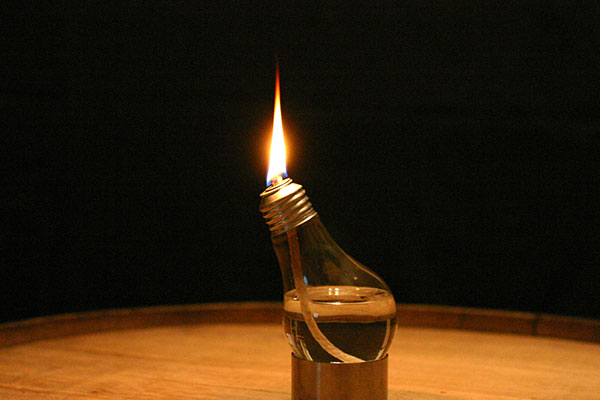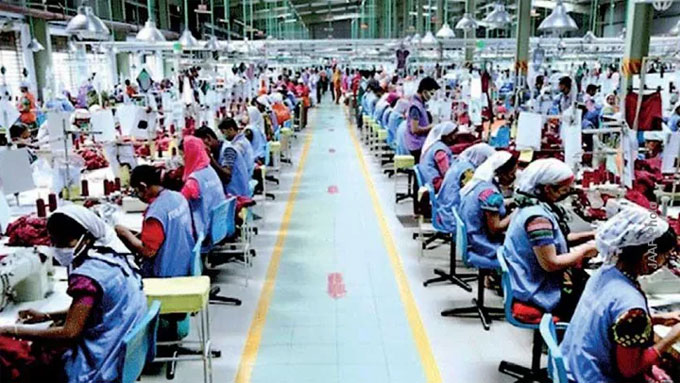The Internet of Things (IoT) refers to a network of physical devices—such as appliances, vehicles, machines, and other objects—that are connected to the internet and can collect, share, and act on data.
These devices often have sensors, software, and other technologies that allow them to interact with their environment or users—without human intervention in many cases.
The IoT is all about “smart” everyday objects that talk to each other through the internet.
Examples of IoT in Daily Life:
Smart Home Devices:
Smart Thermostat (e.g., Nest): Automatically adjusts room temperature based on your habits.
Smart Lights (e.g., Philips Hue): Turn on/off or change color via smartphone or voice commands.
Smart Doorbell (e.g., Ring): Lets you see and talk to visitors from your phone, even when you’re not home.
Wearable Devices:
Smartwatches (e.g., Apple Watch, Fitbit): Track your steps, heart rate, and sleep, and sync data to your phone or the cloud.
Smart Appliances:
Smart Refrigerators: Monitor items inside, suggest recipes, or notify you if food is about to expire.
Smart Washing Machines: Can be controlled via apps and alert you when the cycle is done.
Connected Cars:
Cars with internet access that offer navigation, real-time traffic updates, remote start, and maintenance alerts.
Healthcare IoT:
Remote Patient Monitoring: Devices track vital signs (like glucose or heart rate) and send data to doctors in real time.
Industrial IoT (IIoT):
Smart Factories: Machines monitor themselves, predict maintenance needs, and optimize production processes.
Smart Agriculture:
Sensors in soil to monitor moisture levels and send data to farmers to optimize watering and fertilizer use.
Smart Cities:
Traffic Monitoring Systems: Adjust signal timing to reduce congestion.
Smart Streetlights: Turn on/off based on movement or time of day to save energy.
IoT connects the physical world to the digital world. It makes devices smarter, more efficient, and able to act independently or with minimal human input.
